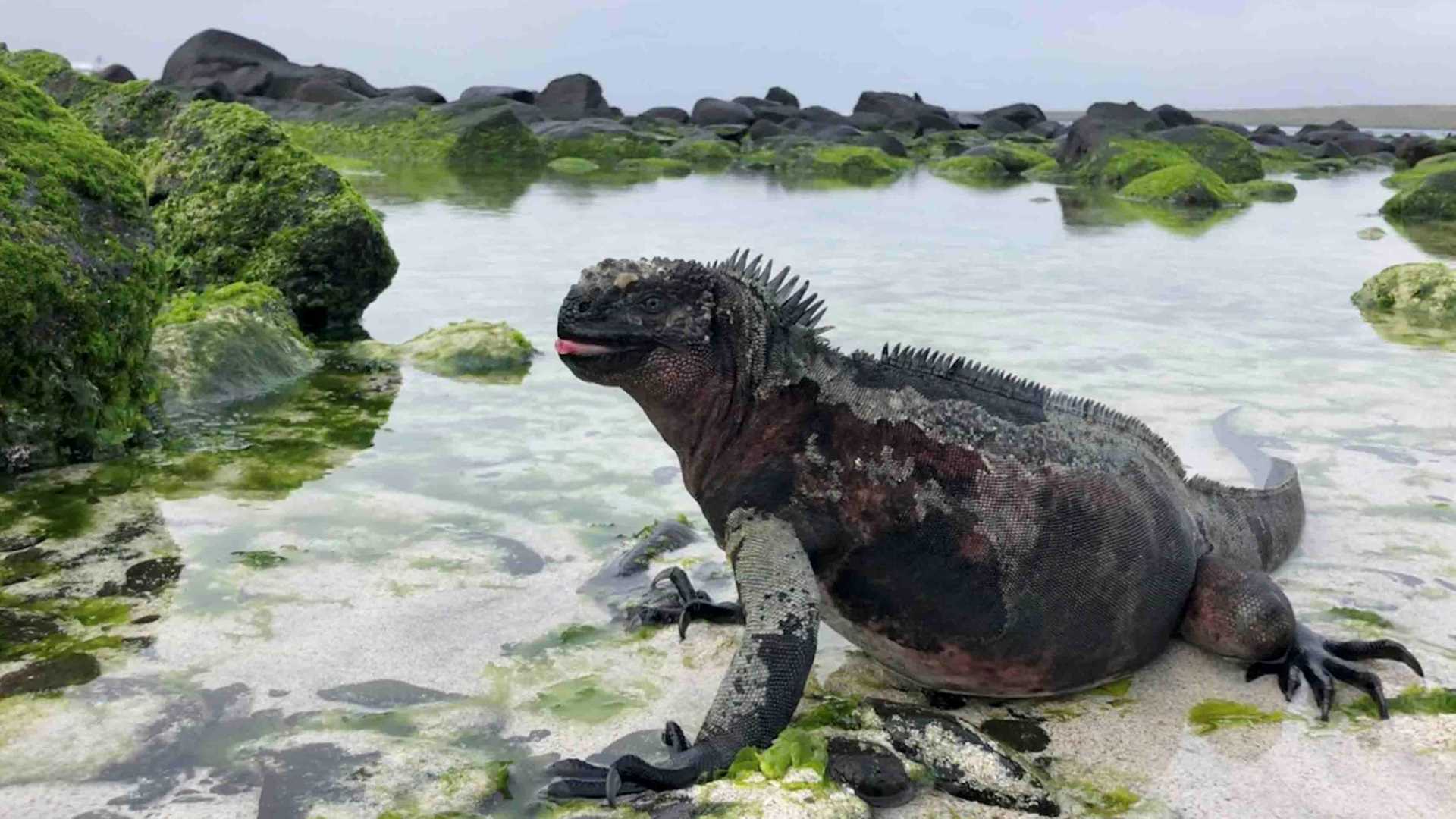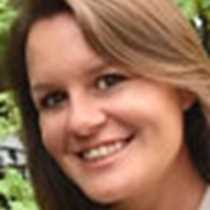It is our first full day in the Galapagos Islands, where we visit what is considered one of the oldest islands of the archipelago: Española. Located in the southeast part of the archipelago, Española hosts unique species such as the Española mockingbird, Española lava lizard, and the waved albatrosses. This morning we dropped anchor at Gardner Bay, on the northern coast of Española. We were welcomed by a sea lion family at one of the most beautiful beaches of the Galápagos: Gardner Beach. The presence of these cute animals, along with the beach’s fine white sand and turquoise clear water, truly makes you feel that you’re in paradise. We had a blast snorkeling with them, and we also spotted a small white-tipped reef shark, an octopus, and various species of local fish like the blue-chin parrotfish and the razor surgeonfish.
In the afternoon, we changed anchorage and prepared for our visit to Punta Suárez. This is considered one of the highlights of the archipelago. As soon as we started our hike we spotted a newborn sea lion, it was very small and still had the umbilical cord attached. Sadly, the newborn sea lion was not moving, and the mother was standing next to him, mourning. It was a moment to learn and understand the cycle of life, moreover, the fragile balance of these ecosystems.
We keep walking along the trail and found wildlife everywhere; the numbers of marine iguanas amazed us and the nesting sites of the local seabirds were crowded. We saw Nazca boobies, swallow-tailed gulls, and yellow-crowned night herons. As we kept moving inland, we started crossing the nesting areas of the waved albatrosses. This is the only species of albatross in the world that nests and breeds in the tropics. Waved albatrosses spend most of their lives in the ocean. They are not good at landing or departing, so they have chosen Española Island for its unique topography: flat, albeit rocky, terrain and tall cliffs facing the southeastern trade winds. These characteristics create a perfect landing site for waved albatrosses. So, we call this place “the airport!”
We close our eyes to hear the sounds of nature, and all these beautiful images we just saw came to our minds. The great number of sea birds nesting, Nazca boobies, blue-footed boobies, frigate birds, Galapagos doves, mockingbirds, lava lizards, sea lions playing around, marine iguanas swimming and so much more. All these incredible and innocent creatures will remain in our minds forever. This was an unforgettable day in paradise cruising with National Geographic Endeavour II.







